Growth of the E-commerce Sector
The Insulated Packaging Market is poised for expansion due to the rapid growth of the e-commerce sector. As online shopping continues to gain traction, particularly for perishable goods, the demand for effective insulated packaging solutions is expected to rise. In 2025, e-commerce sales are anticipated to surpass 5 trillion USD, with a significant portion attributed to food and beverage deliveries. This shift necessitates the development of innovative insulated packaging that can withstand the rigors of shipping while ensuring product quality. Companies that adapt to this trend by offering tailored insulated packaging solutions are likely to capture a larger market share.
Sustainability Trends in Packaging
The Insulated Packaging Market is increasingly shaped by sustainability trends as consumers and businesses alike prioritize eco-friendly solutions. The demand for recyclable and biodegradable materials is on the rise, prompting manufacturers to explore sustainable options for insulated packaging. In 2025, it is estimated that the market for sustainable packaging will reach 400 billion USD, reflecting a growing awareness of environmental issues. Companies that invest in sustainable insulated packaging not only meet consumer expectations but also enhance their brand image. This trend is likely to drive innovation and competition within the insulated packaging sector, as businesses strive to differentiate themselves through environmentally responsible practices.
Regulatory Compliance and Safety Standards
The Insulated Packaging Market is significantly influenced by stringent regulatory compliance and safety standards imposed by various authorities. These regulations are designed to ensure that temperature-sensitive products are transported and stored under optimal conditions, thereby safeguarding public health. For instance, the pharmaceutical sector is subject to rigorous guidelines that dictate the use of insulated packaging to maintain the efficacy of medications. As a result, companies are increasingly investing in advanced insulated packaging solutions that not only comply with these regulations but also enhance product safety. This trend is likely to drive market growth as businesses seek to avoid penalties and maintain their reputations.
Rising Demand for Temperature-Sensitive Products
The Insulated Packaging Market experiences a notable surge in demand for temperature-sensitive products, particularly in the food and pharmaceutical sectors. As consumers increasingly prioritize quality and safety, the need for effective insulated packaging solutions becomes paramount. In 2025, the market for temperature-controlled logistics is projected to reach approximately 20 billion USD, indicating a robust growth trajectory. This demand is driven by the rising prevalence of perishable goods and the expansion of online grocery services, which necessitate reliable insulated packaging to maintain product integrity during transit. Consequently, manufacturers are compelled to innovate and enhance their insulated packaging offerings to meet these evolving consumer expectations.
Technological Innovations in Insulated Packaging
The Insulated Packaging Market is witnessing a wave of technological innovations that enhance the performance and efficiency of insulated packaging solutions. Advancements in materials science, such as the development of aerogels and phase change materials, are revolutionizing the industry by providing superior insulation properties. These innovations enable companies to offer lightweight, durable, and cost-effective insulated packaging options. As the market evolves, it is anticipated that the adoption of smart packaging technologies, including temperature monitoring systems, will further enhance the functionality of insulated packaging. This focus on technological advancement is likely to drive growth and competitiveness within the insulated packaging market.


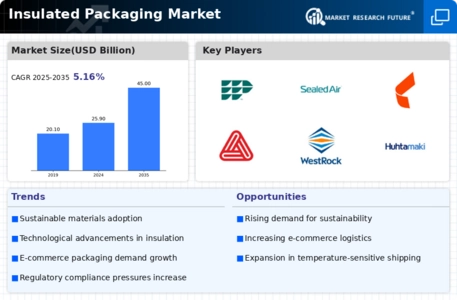

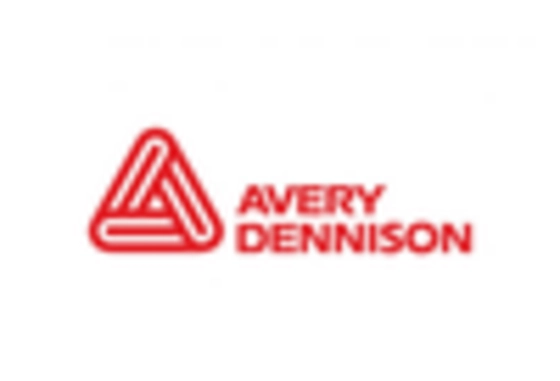
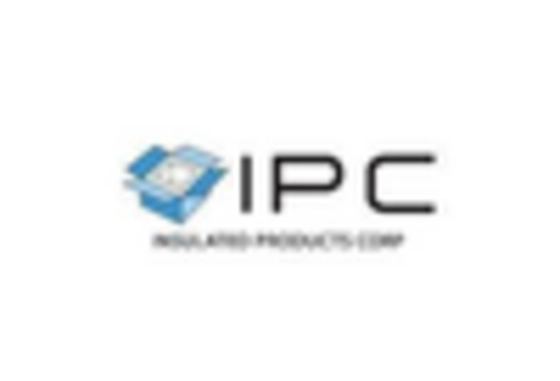


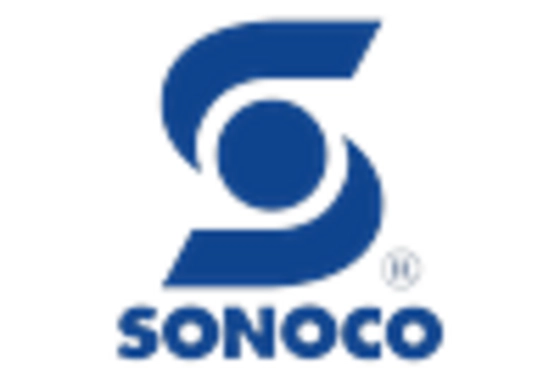
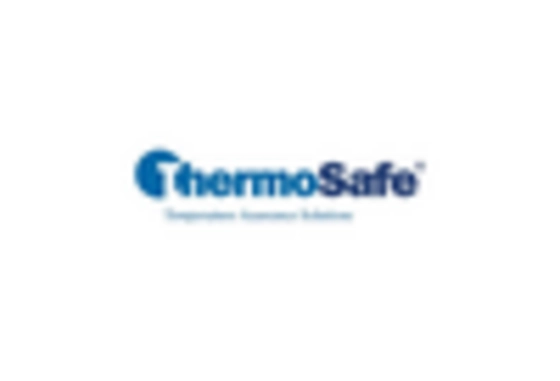








Leave a Comment